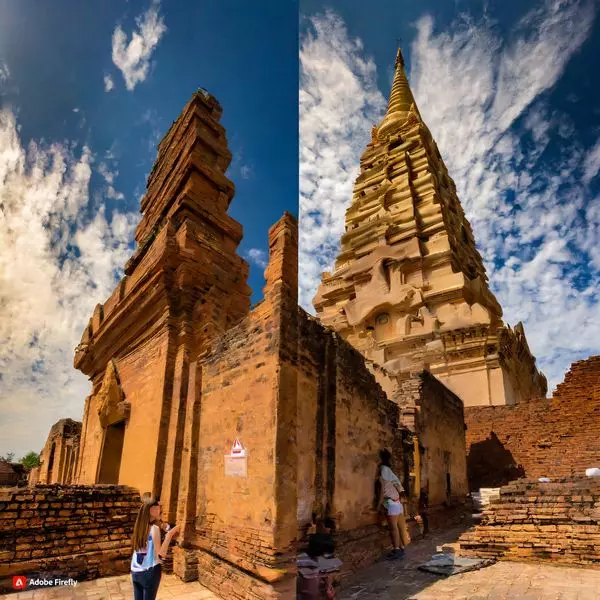Recognized under the collective entry of ‘Sacred Ensembles of the Hoysalas,’ these temples showcase rare beauty and finesse in their wall sculptures, described as “art which applies to stone the technique of the ivory worker or the goldsmith.”**
The three temples earning UNESCO acclaim are the Chennakeshava temple in Belur, the Hoysaleswara Temple in Halebidu, and the Keshava Temple in Somanathapura. These structures, built in the 12th and 13th centuries, not only exemplify superior craftsmanship but also narrate the intricate tale of the politics that shaped them.
The official announcement came from UNESCO on September 18 during the World Heritage Committee’s 45th session in Riyadh, Saudi Arabia. The nomination dossier for these temples was submitted by India in January 2022.
The Hoysalas held power in Karnataka from the 10th to the 14th century, initially as provincial governors under the Western Chalukyas. As the Western Chalukyas and the Cholas diminished, the Hoysalas emerged as dominant rulers. Two of the recognized temples are located in cities that served as the capital of the Hoysalas — Belur and Halebidu.
Significance of the Temples:
1. Chennakeshava Temple: Consecrated around 1117 AD by Hoysala king Vishnuvardhana, this temple in Belur is dedicated to Lord Vishnu, also known as the Vijaya Narayana temple.
2. Kesava Temple: Built in Somanathapura around 1260 by Somanatha, a general of Hoysala King Narasimha III, this Vaishnava shrine adds to the rich historical tapestry.
3. Hoysaleswara Temple: Located in Halebidu, it is believed to be the largest Shiva temple built by the Hoysalas and dates back to the 12th century.
One striking characteristic of Hoysala architecture is the use of soapstone, allowing for intricate sculptures on temple walls. The sculptures depict animals, daily life scenes, and stories from epics and Puranas, offering insights into the society of the time. Hoysala architecture amalgamates Dravidian, Vesara, and Nagara styles, reflecting the diverse influences of the region’s history.
While numerous Hoysala-era temples still exist, these three are recognized as among the finest examples of Hoysala art. The UNESCO acknowledgement highlights their exceptional artistry, historical significance, and the unique confluence of architectural styles.:
In an era where non-temple structures from the Hoysala period have not endured, these temples stand as crucial remnants of India’s rich cultural history. Their preservation becomes paramount for safeguarding this unique architectural legacy.
Also Read: EPFO Launches Recovery Drive From December To February












